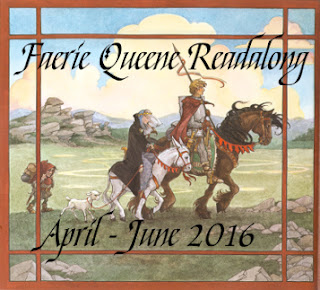Samguk Yusa
In the 1200s, a Buddhist monk by the name of Ilyon, from the Kim family, set down the history and legends of the three early Korean kingdoms of Silla, Paekje, and Koguryo -- with a strong emphasis on Silla. He seems to have written these stories down privately, for his own amusement, and the book was not subjected to official restrictions. It was probably not printed until after his death, and the book was nearly lost, as the carved wooden plates used for printing were found to be unusable. Fortunately, a nobleman of the 16th century was able to find an original copy of the book, and had a new edition prepared in 1512, thus ensuring its survival. Since very little is known about early Korean history, this is an invaluable text.
The book is written in Chinese, because at this time, Korean had no writing system. Koreans borrowed the script of the powerful, sophisticated empire by which they were dominated (they were mostly allowed to do their own thing), but Korean is a very different language than Chinese, and it just didn't work to try to use the Chinese script to transliterate Korean. So if you were going to be literate, you also had to learn Chinese. King Sejong developed a Korean script in the 1400s, but I'm pretty sure everybody still had to learn Chinese for a long time.
There are five volumes; the first two concentrate on the establishment of the early kingdoms and the uniting of Silla (which by the way is pronounced Shilla). Book Three is about the conversion of Korea to Buddhism, and the final two books are all about the great works of monks or devout people.
The first two books are crammed with delightful stories about eggs descending from heaven to hatch kings, baby golden frogs who grow into princes, and magical soldiers of living bamboo. And dragons! So many dragons -- they play in the water, prophesy and give gifts, produce magical weather, and fall in love. These books are also crammed with old place- and tribal names, and those parts were pretty well incomprehensible to me, but there was lots to enjoy.
There were five or six major noble families in the kingdom of Silla, and the Kim family wound up with the crown most of the time. It so happens that my sister-in-law is descended from one of these families, and so when I saw the name Ch'oe Ch'i-won mentioned as a scholar and nobleman, I asked if he was a relation. He turns out to be her 32nd great-grandfather, and the fact that anybody knows who their 32nd great-grandfather is is fairly astonishing to me. Wow.
The books about the works of great monks are also quite fun, with interesting wonders and miracles. They did sort of blur together after a while, because there were so many stories! My favorite, though, was the monk who lived in a mountain cave, and when he died, his neighbor monks laid him out on a table. A tiger bounded in and ate all of the monk, leaving only the tongue, which was miraculously preserved and venerated as a relic.
I quite enjoyed this collection of legends, histories, and folk tales. It's required reading for anyone interested in Korean history, but also a great choice for anyone who enjoys legends and tales of wonder.





wow! amazing!
ReplyDeleteThis sounds fascinating. Thanks!
ReplyDeleteA Korean-born friend's father (born about 1930?) learned to write Korean with Chinese ideograms. He couldn't speak with Chinese speakers, but could communicate by writing.
Didn't know about this one, I am tempted!
ReplyDeleteThis sounds fascinating.
ReplyDelete